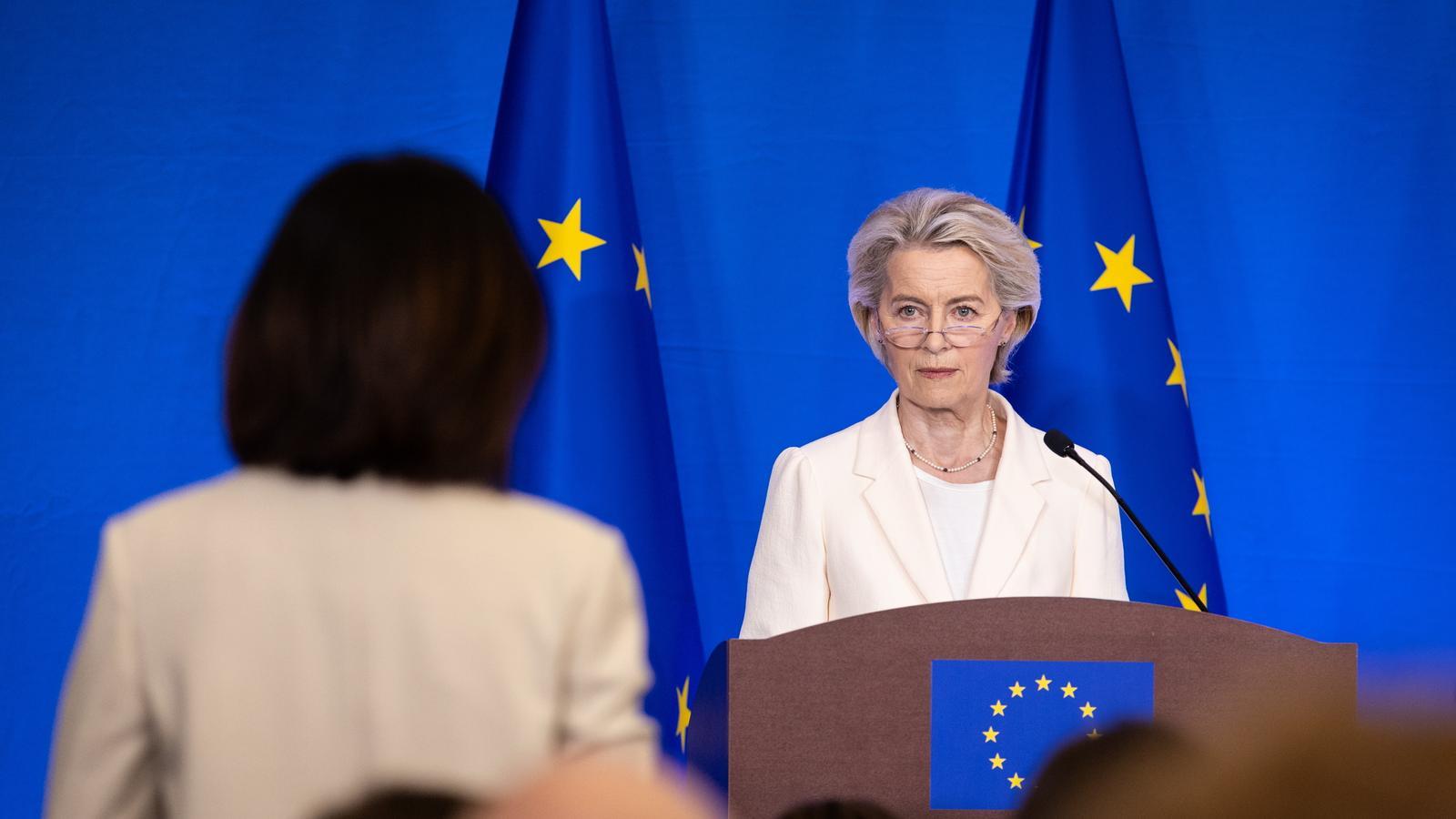The EU approves €93 billion in tariffs in case Trump blows up the trade deal.
The European bloc is increasing pressure on the US to sign a trade agreement and thus avoid a tariff conflict.


BrusselsThe European Union and the United States assure that they are about to close a trade agreement, but Brussels doesn't quite trust Donald Trump, and this Thursday the EU approved a list of tariffs against US products worth €93 billion. Thus, the European bloc wants to increase pressure on the White House to sign a pact and, in turn, be prepared for an open trade war with the American powerhouse.
The list of tariffs is a mix of an initial countermeasure that the EU had already agreed upon and a second one that Brussels and the member states were negotiating and finalizing. They would only be applied if both powers failed to reach an agreement and would come into effect on August 7, a few days after the maximum deadline agreed by the parties to seal the agreement, August 1.
With this list, the European Commission would target symbolic elements of the US and federal states where Trump has significant electoral support, such as Levi's, Bourbon whiskey, and Harley-Davidson motorcycles. It also includes some agricultural and personal hygiene products, clothing, and, among others, Boeing airplanes.
Beyond the list, however, the European Commission also has in the works what is known as an anti-coercion instrument. This is a measure through which the EU, urgently and on a fast-track basis, can increase customs taxes, restrict imports or exports, exclude some countries from participating in public tenders, and, among other actions, suspend international obligations regarding intellectual property, which would particularly affect large American technology companies.
According to diplomatic sources, the general opinion on the application of this instrument "has changed," and it now appears that member states would be "willing" to apply it if Trump does not sign an agreement before the established deadline. The only country that has reportedly shown itself in favor of implementing it "immediately" is France, which is one of the states that has most strongly opposed the White House in the trade war.
15% tariff
The approval of this list of tariffs comes the day after the EU and the US announced they are finalizing an agreement, although Trump's final approval is still pending. The agreement is for the US to definitively apply a global tariff of 15% and, therefore, consolidate the rate that the United States is actually already applying to EU companies. At this point, Washington already applies a general 10% tariff to all European imports, a rate that was in addition to the 4.8% that the US administration previously applied. Therefore, in practice, US tariffs would only increase by two-tenths of a percentage point.
It should be remembered that the general 10% tariff that Washington now applies to the European Union was theoretically temporary until both parties reached an agreement. However, there were some items that had higher tariffs, such as those on the automotive industry or steel and aluminum. Therefore, just as Germany had hoped, this would mean a reduction in these customs duties in some key sectors for the European bloc. And, in fact, while waiting to see the fine print of the trade agreement, some countries are hoping that some products, such as cars and medicines, will receive exceptional treatment and not suffer from Trump's tax hikes.
